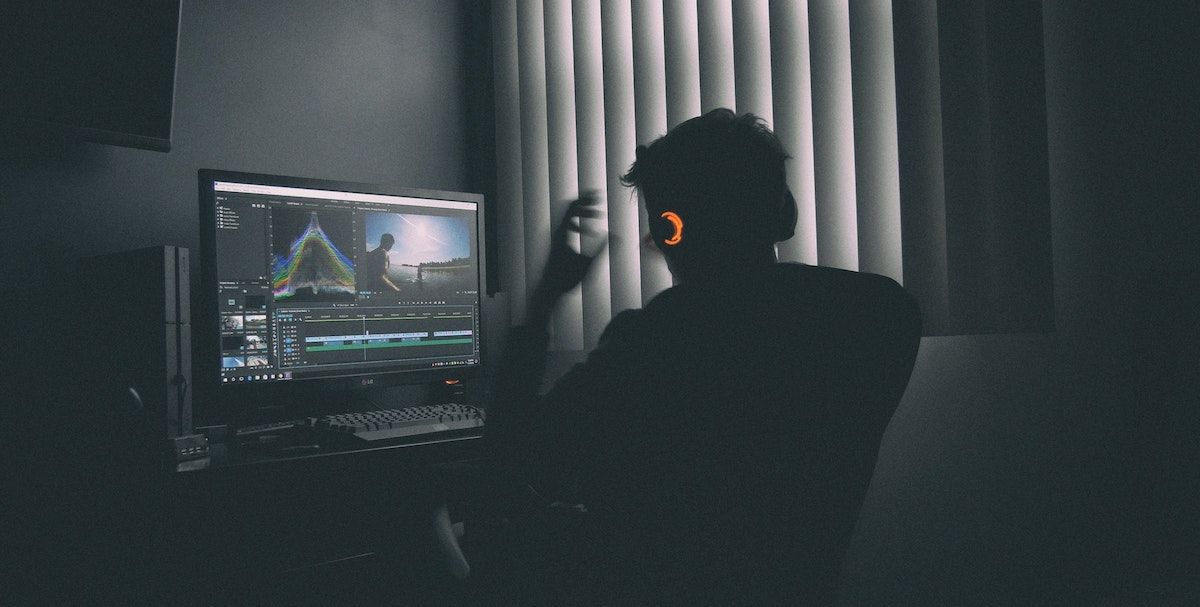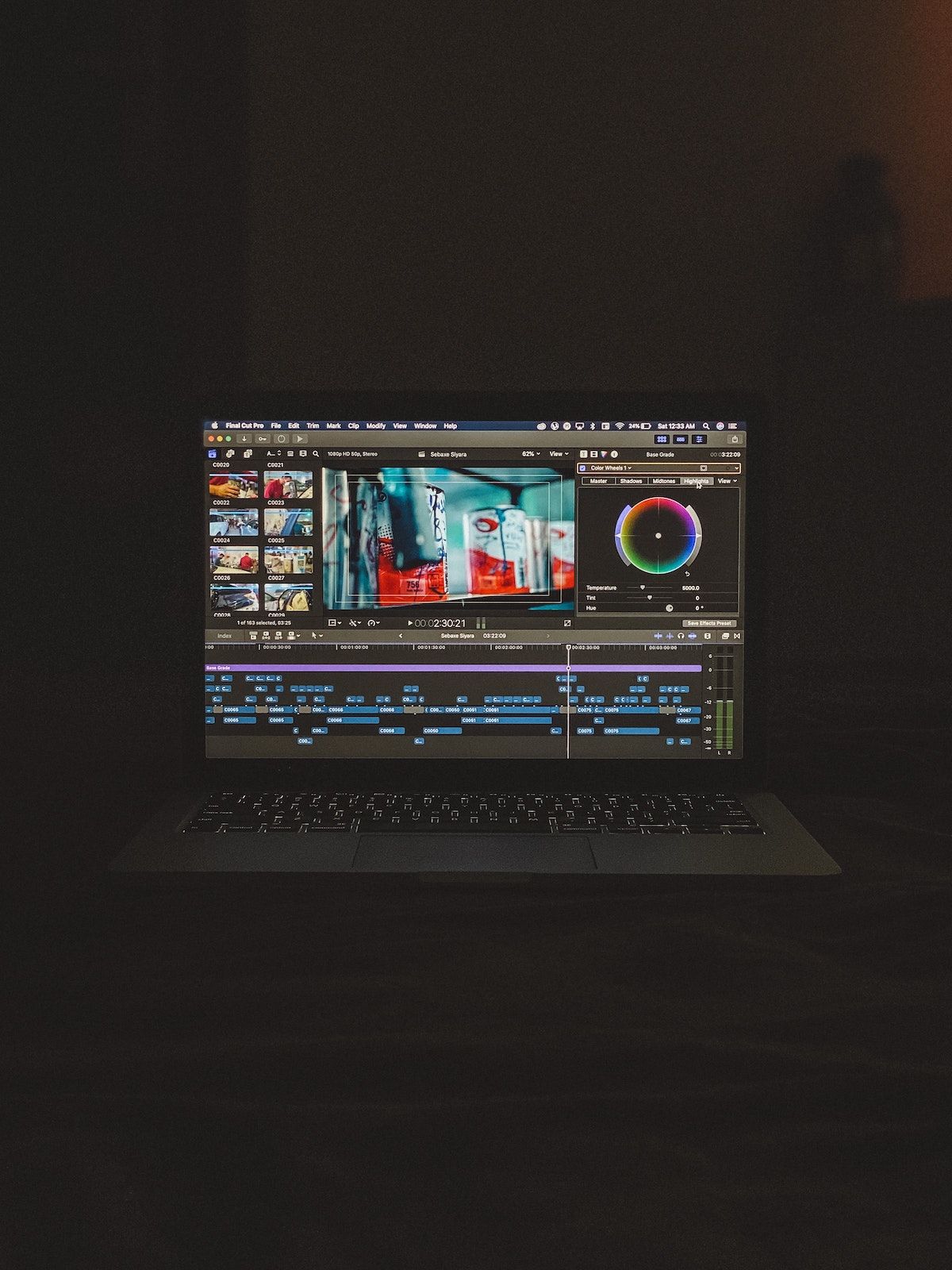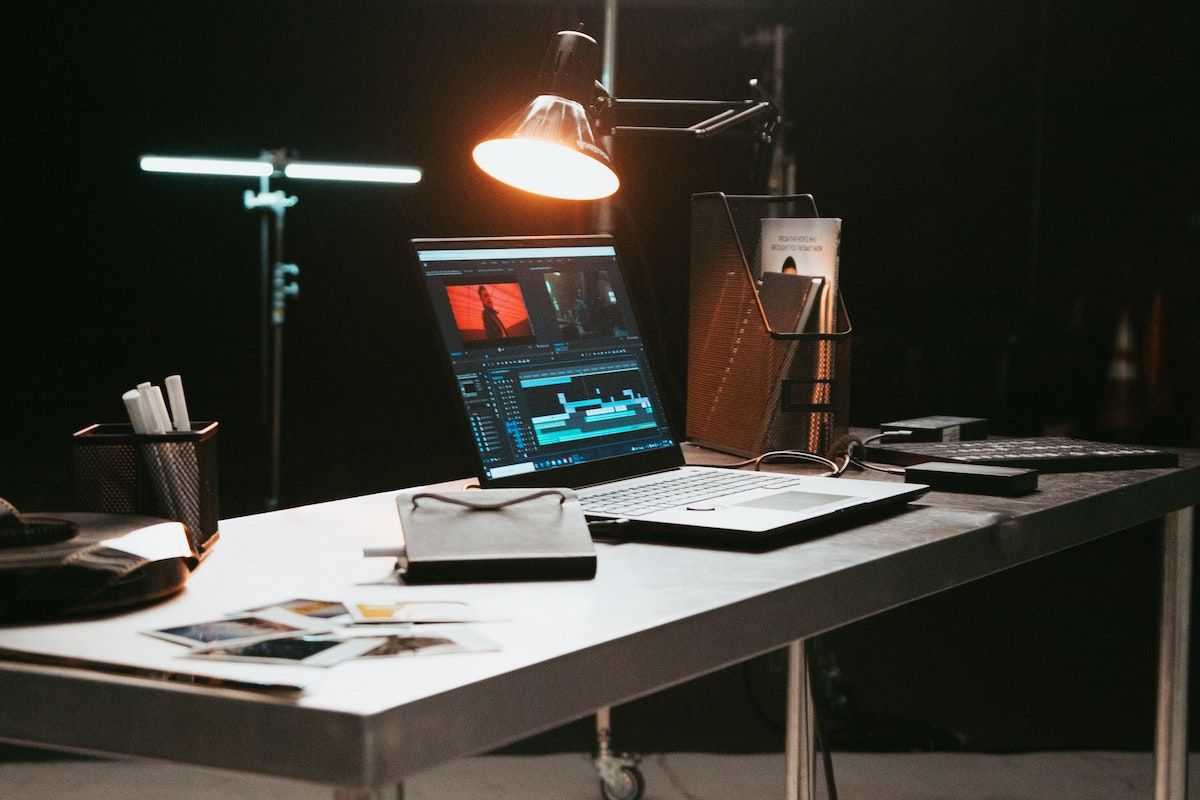What are Film Transitions? Definition & 13 Popular Types
Rent film gear from local filmmakers.

Rent film gear from local filmmakers.
Film transitions play a massive role in filmmaking's subliminal or actual effects of moving from scene to scene. Transitions convey a message to the viewer, which is essential in the overall movie structure.
Jump cut, smash cut, dissolve… how to differentiate between them?
Learn what each of the 13 popular film transitions means in this article!
Feel like you'd start with the ABC of filmmaking? We got you there - head to our complete guide on filmmaking.

What are film transitions?
Film transitions are how film editors and videographers move one scene to another.
They can be conveyed with visual techniques such as cuts, music, or sound effects.
The effectiveness of the film transitions depends a lot on the pre-production and shooting process - most of the time, these transitions are pre-planned in the shot list.
The transitions can make or break a scene because each conveys an essentially different meaning and is meant to create different perceptions in the audience's minds.
Film transitions can convey a passage of time, a character's movement, storylines, pauses, silence, and much more. They can accentuate certain moments or characters in the scene and play a significant role in the overall film structure.
What essential film transitions might you have seen in movies but never actually paid attention to?
Explore 13 popular cuts from the list below!
13 popular film transitions you should know

1. Crosscut
Crosscut means going back and forth between the two shots that are happening simultaneously - this cut is used to build scale, continuity, and tensions.
This type of transition requires planning in the pre-production since, due to its reliance on "sequential clarity," it gets challenging to cut it in post.
2. Cutaway
A cutaway shot cuts away from the main action to reveal supporting information and then returns to the main shot to reinforce what's been revealed.
For example, this transition can transport the viewers to a different time and place to confirm something that a character said or did.
Alternatively, cutaways can emphasize that something is happening in the same scene as the main action.
3. Cut-in & Insert
A cut-in means transitioning from a wide shot to a close-up shot to portray an object or a character in greater detail.
The insert cut is a similar transition technique, although it doesn't require a shift from wide to close-up. Instead, the insert cut helps focus on a specific scene element and is usually placed from a character's point of view.

4. Contrast cut
The contrast cut has a lot to do with juxtaposition. With contrast transition, film editors cut from one tonal element to another to show an antithesis.
These cuts can also be used in audio, but it works best when audio and visual cuts are combined, for instance, when the swelling music in a scene cuts simultaneously as the shot itself.
5. Defocus
This transition is one of the easiest and most effective to create.
Defocus is simply adjusting the camera's focus until it becomes blurred and then be used as a transition to another shot.
6. J Cut & L Cut
The J-cut is a transition when the sound of a scene plays before the next shot appears on the screen.
To put it differently, when the visual trails the audio. The L-cut is used to transition the sound of a shot over to the next scene, even though it no longer matches the video.
These transition types got their names from how they look in the editing timeline when the editors place an "ensuing shot" before or after the corresponding sound.
7. Dissolve
The dissolve transition is an video editing technique where one shot seems to dissolve, or fade, into the next.
The first clip fades out, getting lighter and lighter, while the second shot starts fading in, becoming more prominent. This transition typically happens throughout 24-48 frames.

8. Fade
The fade transition is another type of simple film transition - it is simply when a scene dissolves to or from black, making the entire frame go completely dark.
In scripts, the scenes can be marked as "fade in" or "fade out." This cut is especially effective for closing scenes since they are naturally used to close out acts and make the audience think the story is over.
9. Whip pan
The whip pan is slightly different from most of the transitions on this list because it's more of a camera movement than a cut.
However, it's commonly used as a film transition as well. Whip pan happens when the camera moves from one shot to another so quickly that the picture blurs into indistinct streaks.
This technique can show a flashback, a change in location, or a fast pace of action.
10. Wipe
Wipe is the opposite transition to the dissolve, as it draws attention to itself.
A wipe cut is when one shot replaces another from a specific direction or with a particular shape.
The wipe can be up, down, left, or right - it can be done in a shape of a circle, triangle, or any other figure.

11. Jump cut
Jump cuts are primarily used to show the passage of time, and just like wipe cuts, they draw attention to themselves.
Jump cuts transition from one shot to another by breaking a single shot with a quick cut, literally jumping between scenes.
These cuts can be effectively utilized for situations when a group of characters is pictured waiting for something or for jump scares in horror movies when a monster suddenly appears in the shot's frame.
12. Match cut
A match cut is probably the most creative transition type in this compilation.
One shot transitions to another while the compositions of the two scenes are matched by the action or subject.
This cut provides the viewers with a connection between two separate subjects or events.
13. Smash cut
A smash cut is a sharp, abrupt transition from one scene to another.
These cuts are used at an unexpected moment and sometimes can even cut off a character's dialogue mid-sentence.
These transitions can create mystery, tonal contrast, or comedic irony.

Up next: Master video editing
Now that you know the film transitions' basics, why not continue your journey and learn how to master them?
Explore video editing and film transitions in practice - get your hands on these DaVinci Resolve tutorials!
What are the different types of film transitions?
There are over a dozen different types of film transitions, but the most popular ones are dissolve, fade, wipe, J cut, L cut, match cut, smash cut, defocus.
What are the 3 common transitions in video editing?
Fade, wipe, and the cut.























